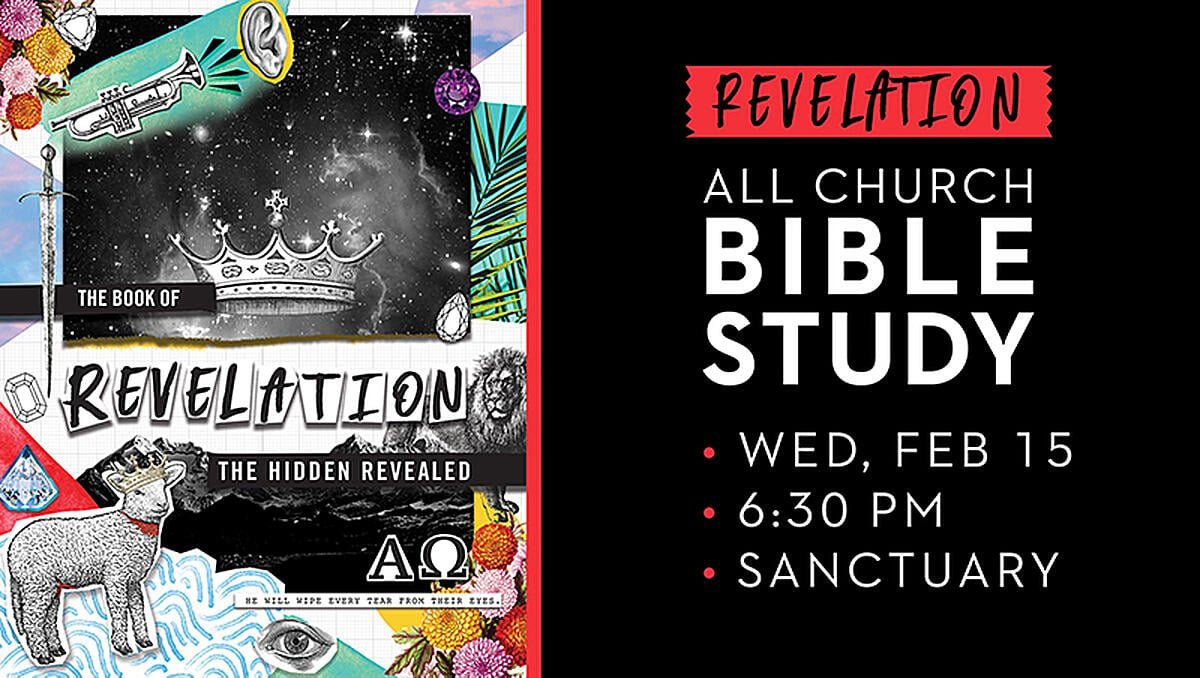THE PARABLE OF THE TWO WITNESSES (11:3-13)
The next section of Revelation is a prophetic parable that dramatizes the church’s role in God’s secret plan.
Right away, we learn something important:
3 And I will grant authority to my two witnesses, and they will prophesy for 1,260 days, clothed in sackcloth. 4 These are the two olive trees and the two lampstands that stand before the Lord of the earth.
The two witnesses will prophesy for 1,260 days, which means we’re looking at the same point being made as above in vv. 1-2 with that symbolic prophetic action, but with different imagery.
The two witnesses will be dressed in sackcloth. Sackcloth is the clothing of repentance—in other words, the message of the two witnesses will be about repentance.
Who are the two witnesses? John tells us—they are “lampstands." In Revelation chapter 1, we learn that lampstands are a symbol for the Church. The two witnesses represent the Church.
Why two? Two is the required number in the Old Testament for the bearing of true witness. Just as seven churches in chapter 1 symbolize the Church in its fullness and completeness, here the two witnesses symbolize the Church in its capacity to give true testimony about Jesus.
5 And if anyone would harm them, fire pours from their mouth and consumes their foes. If anyone would harm them, this is how he is doomed to be killed. 6 They have the power to shut the sky, that no rain may fall during the days of their prophesying, and they have power over the waters to turn them into blood and to strike the earth with every kind of plague, as often as they desire.
The two witnesses are modeled on Moses and Elijah, Old Testament prophets who squared off against God’s enemies. (Elijah shut off rain and Moses called down plagues.) The witnesses are protected so that they can complete their mission. (Remember the sealing of the 144,000 in Revelation 7? John was describing the same idea.)
They are protected spiritually, but not physically (see above at the symbolic prophetic action John undertakes in 11:1-2), because:
7 And when they have finished their testimony, the beast that rises from the bottomless pit will make war on them and conquer them and kill them, 8 and their dead bodies will lie in the street of the great city that symbolically is called Sodom and Egypt, where their Lord was crucified.
I mentioned above that John continually comes back to the same idea throughout his vision and describes it in different ways or in greater detail. Another way to think of it is as a series of Russian nesting dolls: each detail, when opened, contains other details.
So, the symbolic prophetic action of 11:1-2 is unpacked and explained more in 11:3-13. And, many of the details in vv. 3-13 are unpacked and explained more in chapters 12-15.
So, here we have the first mention of the beast, which John will come back to in greater detail in later chapters, especially chapter 13.
But, here, John tells us that the two witnesses (the church), though spiritually protected for their mission will actually be physically conquered by the beast. They will be martyred, in other words. And then their bodies will lie in the street of the city “symbolically called Sodom and Egypt” (i.e., any city in which the church is persecuted), just as Jesus was martyred in Jerusalem.
9 For three and a half days some from the peoples and tribes and languages and nations will gaze at their dead bodies and refuse to let them be placed in a tomb, 10 and those who dwell on the earth will rejoice over them and make merry and exchange presents, because these two prophets had been a torment to those who dwell on the earth.
“For three and a half days”—the apocalyptic number again!—the people that persecuted the witnesses will perversely rejoice over their deaths! It’s a scene of complete depravity—the people who killed the martyrs will congratulate themselves on their murderous victory. Why? Because they were tired of being told to repent. The witnesses’ message contradicted the world’s self-satisfied delusions of prideful self-sufficiency.























